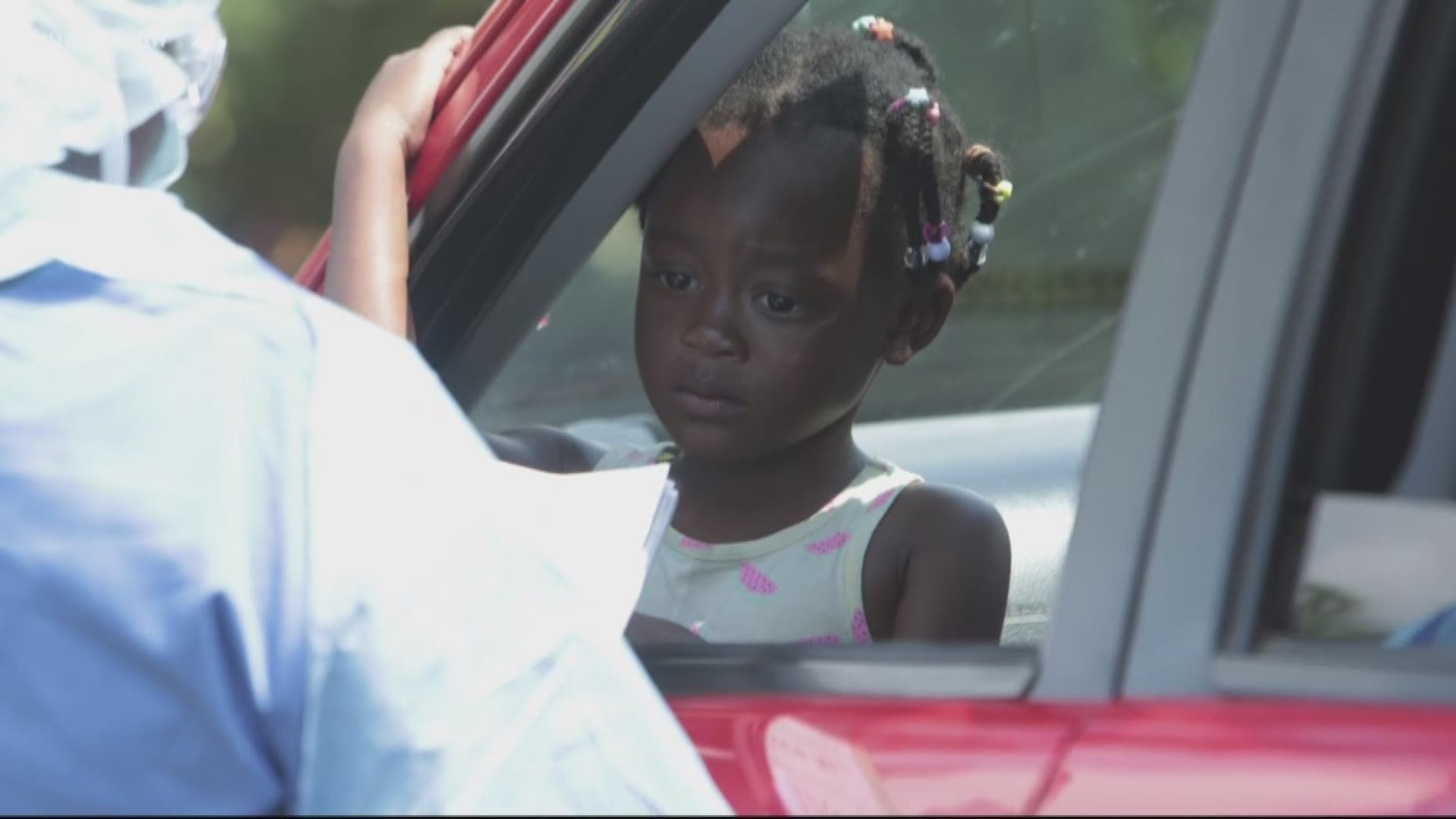WASHINGTON — Nearly 300 children have now been tested in the District’s first drive-thru COVID-19 coronavirus test site, with no kids in the nation’s capital needing life-saving ventilators as the virus wreaks havoc on older populations.
But after the first American infant died of coronavirus in Chicago on Saturday, a new focus on testing children has entered the national conversation – with treatment for the youngest coronavirus patients potentially playing a key role in fighting the outbreak.
“This population, we absolutely cannot neglect, when we think about our testing resources,” said Dr. Joelle Simpson, medical director of emergency preparedness at Children’s National Hospital (CNH).
“Children can be carriers of this virus, and many of our patients are in households where there’s unavoidable contact with family members who have risk factors like being immune-compromised or advanced age.”
As one of the leading CNH physicians treating young coronavirus patients, Dr. Simpson described some children testing positive with only a fever – displaying few symptoms is a sharp contrast to ailing older patients.
Key to understanding the virus’s impact on the national population must include an understanding of how children spread and react to the COVID-19 coronavirus, Dr. Simpson said.
“We would love the drive-thru’s profile of patients to inform the next step of the fight against this virus,” she continued. "Should we be thinking of kids as carriers, and what is our appropriate public health response to that.”
Children’s National tests infants to 22-year-olds at the hospital's drive-thru facility, now in its second week of operation. A pediatrician’s note asking for a COVID-19 test is required before parents can bring their child to the site.
Dr. Simpson also noted how a critical benchmark of returning to normal will certainly come when schools are allowed to open – most likely not until autumn 2020 for most states.
But Dr. Simpson said in order for parents, principals and politicians to feel secure with schools re-opening, a stronger grasp of how the virus interacts with young people is needed.
“One of the biggest, disruptive factors in our communities is the return of school,” Dr. Simpson said. “So, we do need to know, what is the impact of this virus on kids once we disseminate them and send them back into the community, at some point.”
RELATED: Parade at Quantico Marine Base helps military children feel loved during coronavirus outbreak

